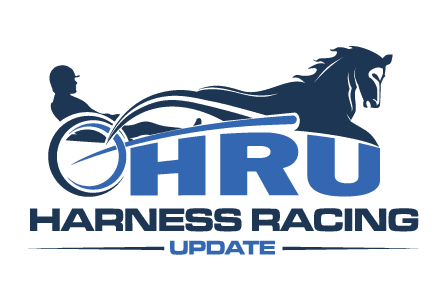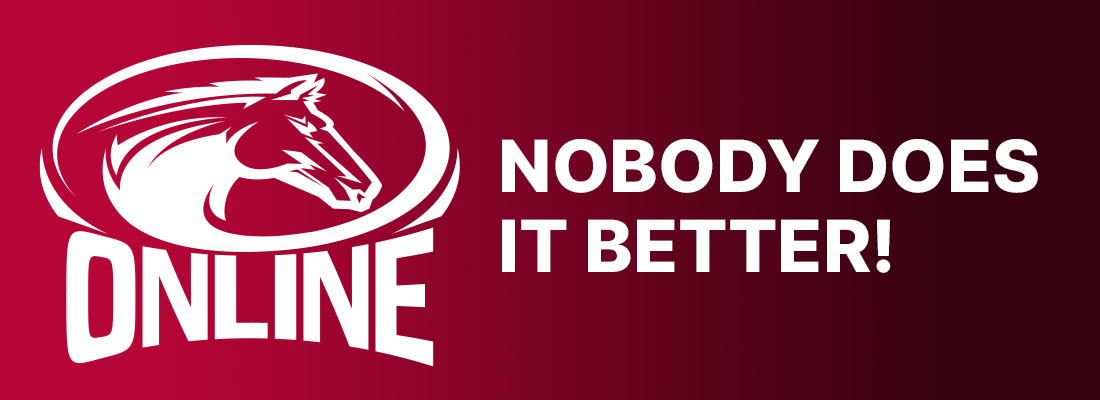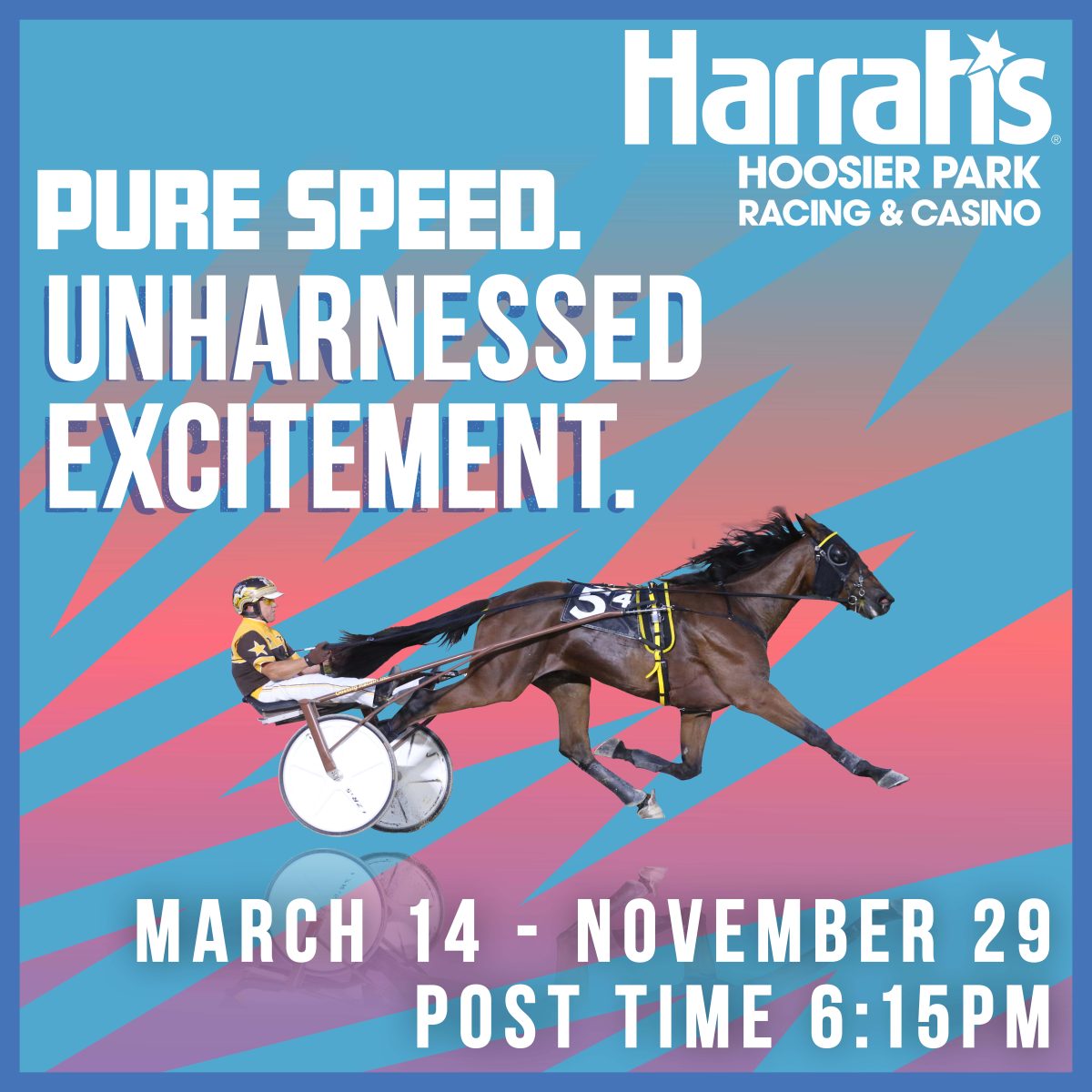Neal Shapiro has had a successful life horsing around
by Murray Brown
There are not many in this sport who have risen to the heights of international competition reached by Neal Shapiro. No, not in harness racing where his career would be considered by most to have certainly been somewhat successful. But at the apex of sport in the Olympic Games of 1972 in Munich, Germany.
Shapiro began his career in horsedom with show jumpers. In the interim, he spent 30 years pursuing a career in harness racing. He has now come full circle where he now has a farm in central New Jersey where he trains upwards of a stable of 40 head of show horses, some of which he hopes will become the champions of tomorrow, and teaches them and those who will ride them both in competition and for recreation.
You are now on the verge of your 80th birthday. How did this remarkable and multi-faceted career of yours come about? Which came first the show horses or the harness horses?
“I certainly wasn’t born into either. But the jumpers came well before the harness horses. I was first exposed to riding horses when I was 7 or 8. We lived in Brookville on the North Shore of Long Island. It was and still is, although to a much lesser degree, horse country. There were a number of riding stables in the immediate area and the world-renowned Roosevelt Raceway wasn’t much more than a 10-minute ride away.
“It began with a series of ponies that I rode.
“I really loved horses, being around them and working with them. It gradually progressed to the point when I was about 12 years old that I began to ride competitively. I guess I had a knack for it and continued to make progress. In 1964 I tried out for and was considered for the United States Equestrian Team that was to compete in the Olympic Games to be held in Tokyo.
“In 1972 I was a member of the U.S. team that won a team silver medal and an individual bronze one in the somewhat infamous 1972 Olympics in Munich.”
Let’s talk about those ill-fated Olympics when 11 Israeli athletes and coaches, as well as a police officer from West Germany, were killed by the Palestinian militant organization Black September.
“There isn’t all that much specifically that I remember about those days, specifically the day of bloodshed.
“Initially it wasn’t all that much different than most other days at the Olympic Village. We began to notice a large police and military presence there. It gradually evolved to the point where it consumed the village, Munich, Germany and I guess all of the world. We found out about the kidnapping of the Israeli athletes and the massacre that was about to ensue.
“You might remember that Mark Spitz was the star of those Olympic games. He, like I, is Jewish. Most of his events had already taken place and he was quickly spirited out of Munich. I was asked if I wanted to leave. I responded to the effect of ‘Are you crazy? I’ve worked my ass off all my life to get here. There’s no way I’d even think of leaving until the competition is over.’ Our team ended up winning a silver medal, finishing second to the favored Germans. I also won an individual bronze medal. Of course, it was one of the greatest and most meaningful experiences of my life. Unfortunately, it was probably marginalized by the horrible tragedy that took place.”
How about the transition to harness racing? How did that come about?
“I guess I had already been somewhat involved. My dad had a close friend who loved harness racing. They ended up buying a filly together. She didn’t turn out to be much of a racehorse. We bred her and raised three foals out of her right at our Long Island place. We raised them alongside our small herd of show horses. They didn’t turn out to be very good either. But the last one was racing at Monticello one day. It had the 8-hole and didn’t have a chance of even hitting the board, let alone winning. Wouldn’t you know it miraculously won the race. I suppose that was the turning point for me. This harness racing might be alright, I thought to myself. I began going to nearby Roosevelt Raceway. Maurice Pusey who was to become a dear friend persuaded me to jog one for him. That same day I also went a training mile with that same horse. This was fun. I really liked it. At about the same time the show horse business was undergoing some changes that really didn’t appeal to me. I thought to myself. I’m okay with jumping horses. Why can’t I do the same with harness horses? Indeed, why not? With the help and encouragement of my dad I went into it whole hog. My dad was one of the greatest characters to ever inhabit this planet. Someone in Hollywood missed the boat by not doing a movie about him.”
Tell us a little about your father.
“[Donald Shapiro] was a true character of the kind movies are written about. He grew up in North Dakota where he was a boxer going by the name of Doc O’Day. That name Doc was to follow him all of his life. Among other things he was a deputy sheriff in New Mexico, he owned a restaurant in North Dakota, he was a shipyard rigger, and a carnival worker throughout the Midwest. He eventually made his way east where he settled in Long Island and established his primary business in owning and servicing vending machines, but he also had other interests including several restaurants. When I became involved in harness racing he established the 24-hour Monte Carlo Diner, just outside the gates of Roosevelt Raceway. He said that he was too busy working throughout his life but was living vicariously through the various areas in which I became involved.”
Besides horses what were those areas?
“I’ve always been one who needed to stay busy doing something. I’ve been a believer that when I wasn’t occupied, I was just wasting time that could be used to good advantage.
“For recreation I enjoy playing the organ. I don’t know how good I am at it, but once at a horse show in the D.C. Armory their organist had a once in a lifetime wish fulfilled by being allowed to team the Budweiser Clydesdales. She asked me to sub for her. Wearing my riding outfit and jodhpurs I did so for 15 minutes or so. I was told that I did a decent job of it.
“I did a lot of traveling. I thought it would be neat if I learned to fly. I began taking flying lessons at nearby Republic Airport. I got my license and bought a twin engine Cessna which took me whenever and wherever I had to go. I actually became decent enough at it where I was invited to the Eastern Airlines training school for future pilots.
“I also began shoeing my own horses. I won’t presume that I became a proficient farrier, but I think I became adequate at it.”
Let’s talk about your harness career.
“I was involved professionally for about 30 years. I can’t say that I reached the heights that I achieved in jumping competition, but I think I did reasonably well. I made many great friends, among them Maurice Pusey, Real ‘Coco’ Cormier, Normand Dauplaise and Soren Nordin. I actually became quite close with ‘Papa’ Nordin. We would play tennis several times a week. He would use me occasionally to catch drive one of his horses when the opportunity existed. Once his son Jan wasn’t able to be there to drive Sandy Bowl in the American National and he put me down to drive. Wouldn’t you know, we won the race.
“I’ve been fortunate enough to have had many good horses through the years — enough to keep our ship afloat. The best trotter I ever had was Bon Vivant who fulfilled a lifetime wish to have a Hambletonian horse. He didn’t win, but he earned money in the race. He made over $400,000 which was an awful lot back then and we sold him to Sweden for a lot more than that. My best pacer was Bomb Rickles. Bon Vivant was my Hambo horse, in the same way Bomb Rickles was my Little Brown Jug pacer. He earned over $800,000 for us. We sold him to George Henderson in Canada. After Mr. Henderson passed away, he was sold to Western Canada where he became a decent sire.”
What is your life like these days?
“I would say pretty darn good. I sensed some negative changes in harness racing. More and more racetracks were closing. We were losing more and more of the owners who I would call ‘sportsmen.’ People who were in it almost entirely for the love of the horse and the competition, rather than those who were in it strictly for the dollars and cents business aspects. I decided to return to my first love, show horses and jumpers.
“More than anything else, I would describe myself now as a teacher – one of both horses and horse people.
“My wife Elisa and I own and run a farm here in central New Jersey. We have 40 stalls which are always full. I look forward to each day. I keep busy. That is what I love doing.”
















